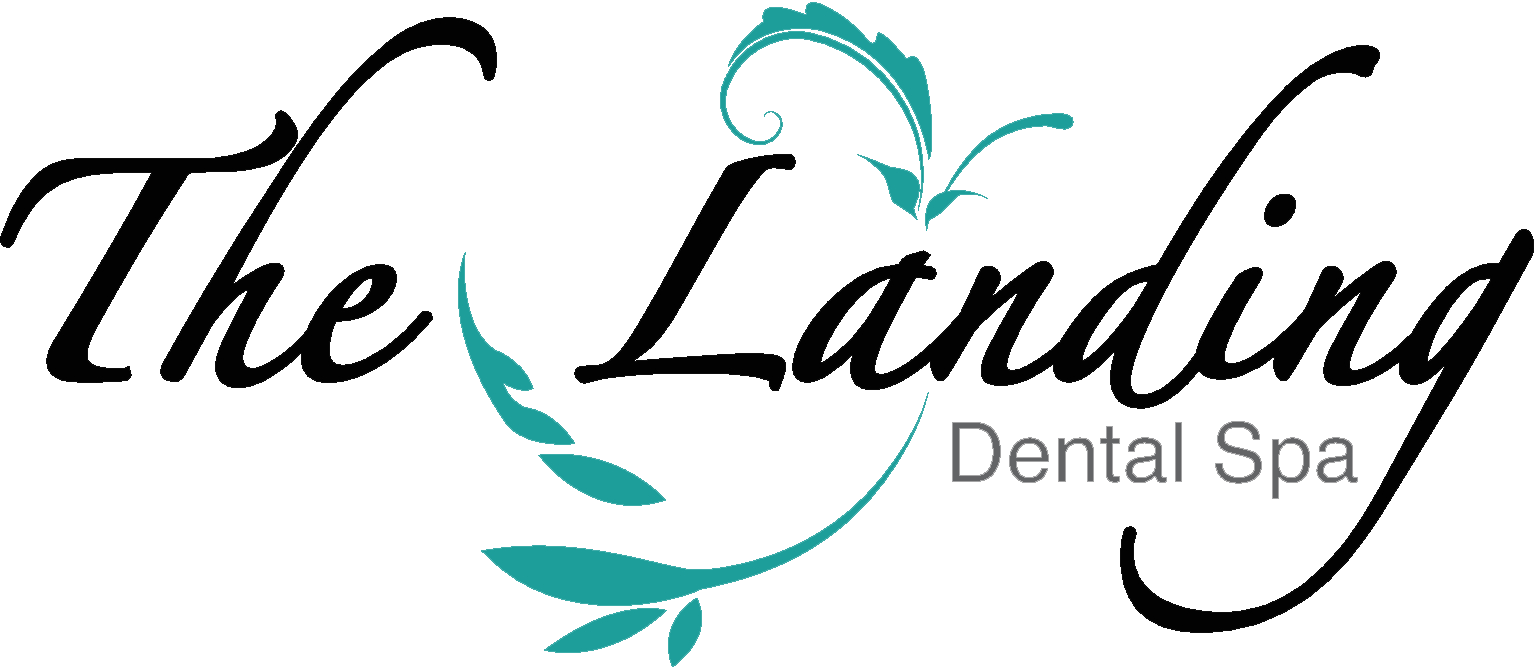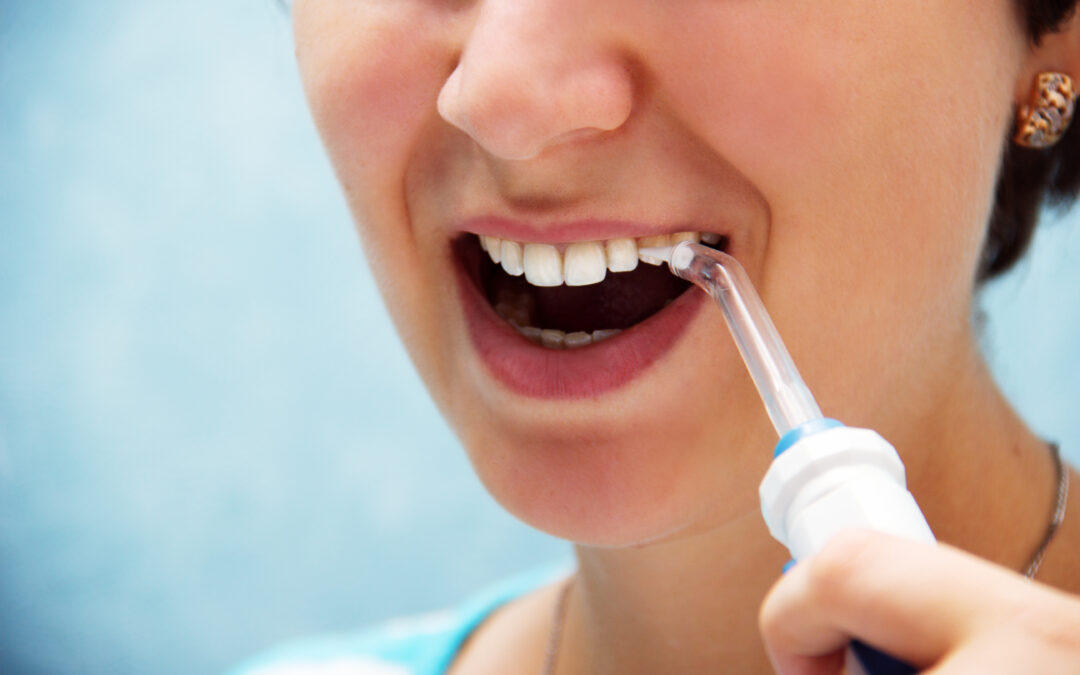We all want pearly-white teeth, but do you know that a significant part of having a dazzling smile starts with how clean your teeth are? To maintain healthy teeth, you need to partake in preventive dentistry. Preventive dentistry is the practice of taking care of your teeth to keep them healthy. It helps prevent oral diseases, cavities, enamel wear, gingivitis and periodontitis.
Brushing your teeth twice per day with a soft-bristled toothbrush and fluoride toothpaste is an essential part of preventive dentistry. But tooth decay-causing bacteria can still linger between your teeth where toothbrush bristles are unable to reach, which is why flossing is also necessary. The American Dental Association recommends flossing once per day to remove plaque and food particles from between the teeth and under the gum line.
You may be questioning whether it is more effective to clean your teeth with traditional string dental floss or a Waterpik? When contemplating which option is best for you, you should learn about each tool and consult with your dentist to discuss your dental needs.
WHO SHOULD USE A WATERPIK?
Also known as an oral irrigator or water flosser, a Waterpik is a device that sprays pressurized water to clean food particles from between the teeth and under the gum line. There are many different types of water flossers; Waterpik is just a well-known brand.
You may prefer a Waterpik if any of the following circumstances apply to you:
- Have braces
- Have non-removable bridgework
- Have crowns
- Have dental implants
- Have arthritis (or find string dental floss challenging to work with)
HOW TO USE A WATERPIK
You may experience a slight learning curve when first using a Waterpik, but these tips show that the device is generally straightforward to use.
- Fill your Waterpik’s reservoir with lukewarm water.
- Lean over the sink (to avoid a mess), place the tip in your mouth and close your lips.
- Turn on the device.
- Hold it at a 90-degree angle and spray. The water will come out in steady pulses.
- Start at the back of your mouth and work forward.
- For a thorough clean, remember to clean your top and bottom teeth, the spaces between your teeth and your gum line.
THE PROS AND CONS OF A WATERPIK
Using a Waterpik can provide the following benefits:
- Gets in hard-to-reach areas
- Cleans between tightly-spaced teeth
- Easy to use
There are some disadvantages to using a Waterpik as well.
- May not remove all plaque
- Can be costly
- Can be messy
WHO SHOULD USE STRING DENTAL FLOSS?
You are probably familiar with traditional string dental floss. String dental floss is available in precut, plastic holders, or as waxed or unwaxed nylon string that you cut yourself. These types of floss can be flavored, which children and adults both appreciate.
Daily flossing is necessary for everyone, and if combined with brushing, it can help prevent tooth decay and gum disease. Unhealthy gums can elevate your risk of root canals and tooth loss. If you would like to learn more about gum disease, check out our blog Gum Disease: Causes, Symptoms, Treatment and Prevention.
HOW TO USE STRING DENTAL FLOSS
The ADA recommends following these tips to floss your teeth correctly:
- Break off about 18 inches of floss and wind it around your middle fingers.
- Grasp the floss tightly between your thumbs and forefingers.
- Guide the floss between your teeth using a gentle rubbing motion.
- When the floss touches your gum line, curve it into a C shape against one tooth. Gently slide and work it into your gum line.
- Go to a clean section of floss and repeat this technique on the rest of your teeth.
The ADA says that it is acceptable to use dental floss either before or after you brush your teeth, as long as you do it thoroughly. However, a study published in the Journal of Periodontology showed a higher reduction of plaque in the floss-first, brush-second method.
THE PROS AND CONS OF STRING DENTAL FLOSS
Using string dental floss can provide the following benefits:
- Easy to control
- Able to clean each tooth in full
There are some disadvantages to using string dental floss as well:
- Unable to reach some areas
- It can cause your gums to bleed
If your gums bleed easily, do not let that stop you from flossing daily. Regular flossing will help improve the health of your gums, and therefore, reduce bleeding over time. If gum bleeding is a concern, you should use soft floss that can easily slide between your teeth.
WHICH ONE IS BETTER: A WATERPIK OR STRING DENTAL FLOSS?
The best option between a Waterpik and string dental floss comes down to your dental needs and dentist’s recommendation. Some studies have shown that a Waterpik does not remove plaque as well as traditional string dental floss, while others state that there is only a slight difference in plaque removal. If you have a Waterpik with an ADA Seal of Acceptance, the ADA says it can remove plaque.
If you have any questions about which option is best for you, please contact our dentists at The Landing Dental Spa. We would be happy to discuss these options with you and share the best ways to care for your teeth and gums. The bottom line is that we want to see you practice a daily oral care routine so you have healthy teeth and gums for years to come!
Please give us a call at 304-594-2200 or use our online contact form to make an appointment with us.


Recent Comments